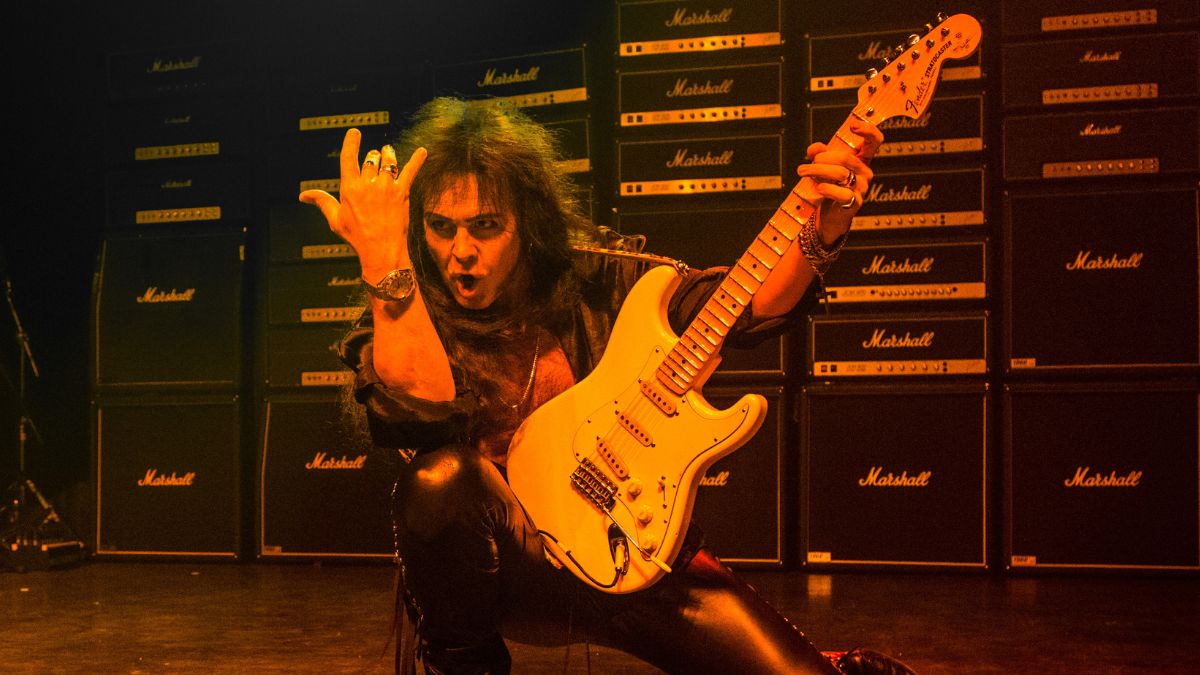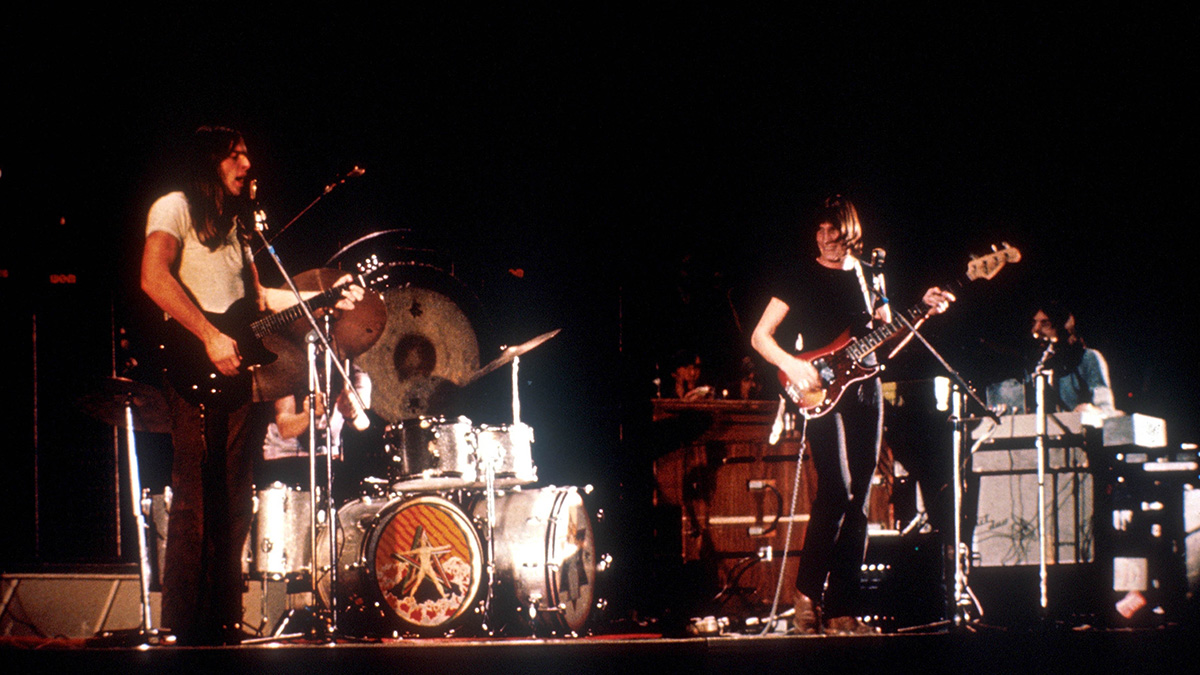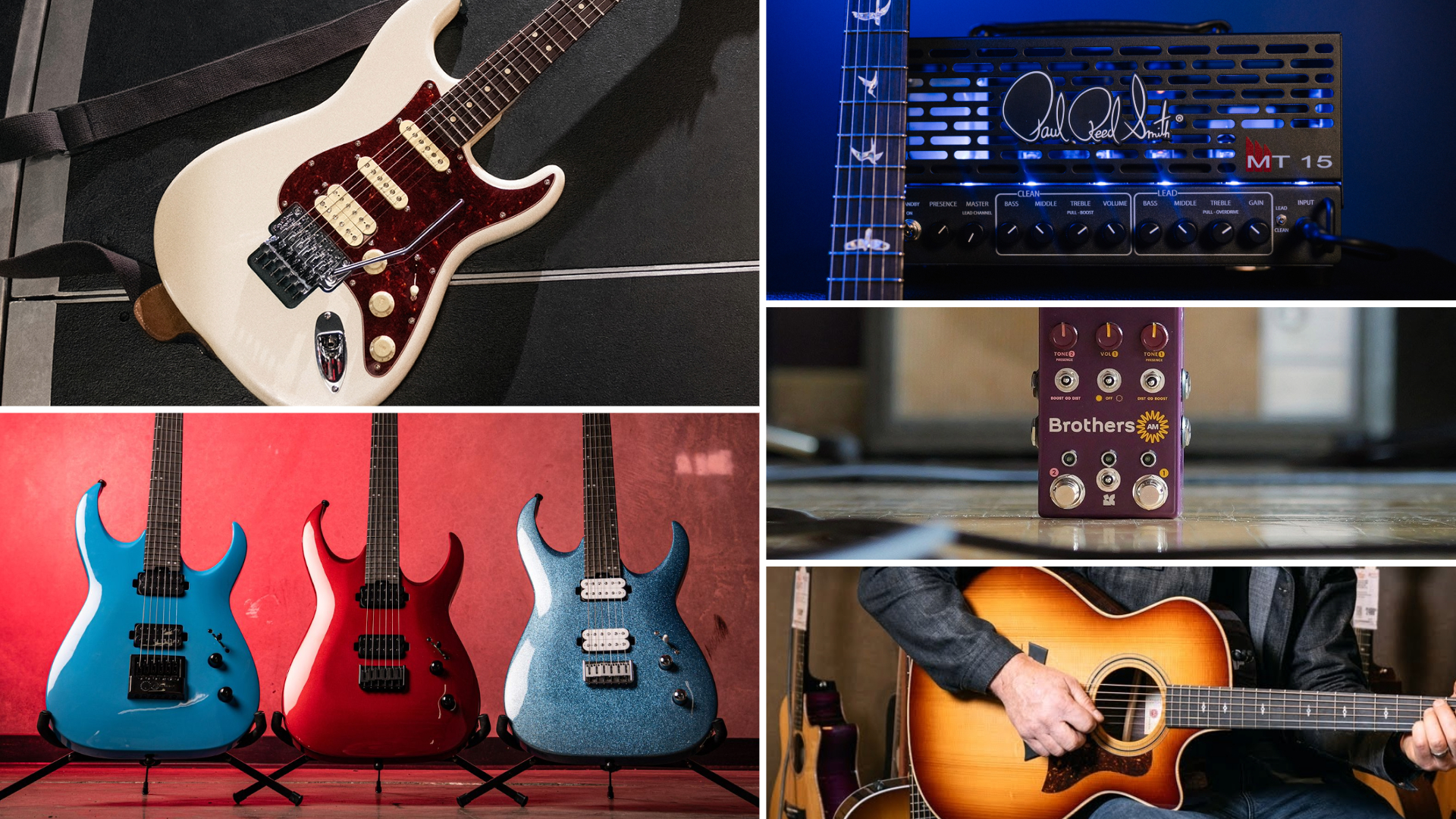
In recent years, the Boss Katana has become one of the most popular modeling amp families on the market, and for good reason.
But some have been slow to fully come around to the Katana, and insist that nothing comes close to the authentic tube amp tones offered by the likes of the Marshall JCM800.
With that in mind, those looking to further improve the tube-style tones of their Boss amp might want to take note of what Rob Chapman has to say – because he reckons he’s found one simple “hack” that will make all Katanas sound better.
The Katana – a Katana-100 MkII, in Chapman’s case – is certainly no stranger to such sounds. They are, after all, the objective for all modeling amps, with the Katana offering five amp models for users to play around with.
But the Chapman Guitars founder’s trick goes beyond that, and seemingly lets players use one of these models to harness the sound of the Marshall JCM800.
It’s all very simple – so simple, in fact, that we imagine it may well have already crossed the minds of other Katana loyalists.
As Chapman demonstrates, harnessing the JCM800 is as simple as selecting the Brown amp model, setting the EQ – Gain, Treble and Mid all around twelve o’ clock, Bass slightly above – lowering the amp volume, upping the power output to 100W and maxing out the master volume parameter.
Get The Pick Newsletter
All the latest guitar news, interviews, lessons, reviews, deals and more, direct to your inbox!
The result is akin to a dynamic, cranked-power amp type sound that would perform remarkably well in a blind tone test alongside the real deal.
As Chapman later found out, his hypothesis was correct. Indeed, the Katana utilizes a class A/B power amp, which, as an unidentified guest caller from Boss management informs the Clockwork Wolf frontman, means “it responds in exactly the same way that a valve amp does.”
In practice, a maxed-out master volume – which the caller says is “the best way to get the best sound out of a Katana” – lends itself to some truly dynamic tones that will no doubt win over some purists.
But the application goes beyond simply obtaining Marshall sounds. By employing the maxed-out-master approach, guitarists can experiment with different amp models, alternative EQ combinations, and can even throw some effects in there for good measures.
Add that hack to the very, very long list of “reasons to buy a Boss Katana”.
Chapman’s experimentation with the Katana just further proves how good modeling amps have become at harnessing the tone of tube amps, and is evidence of the growing achievements of advancing amp technology.
Tube amps will, of course, forever form a part of the guitar landscape, but when a Katana can do the above at a fraction of the cost and weight – with a bunch of other bells and whistles to boot – it’s no surprise the exodus from tube to technology continues to pick up pace.
To peruse the Katana range, head over to Boss.

Matt is the GuitarWorld.com News Editor. He has a Masters in the guitar, a degree in history, and has spent the last 16 years playing everything from blues and jazz to indie and pop. When he’s not combining his passion for writing and music during his day job, Matt records for a number of UK-based bands and songwriters as a session musician.
“If you’ve ever wondered what unobtanium looks like in amp form, this is it”: Played and revered by Stevie Ray Vaughan, Carlos Santana, and John Mayer, Dumble amps have an almost mythical reputation. But what's all the fuss really about?
“For the price, it’s pretty much unbeatable”: Harley Benton JAMster Guitar review









